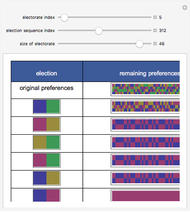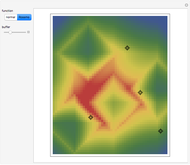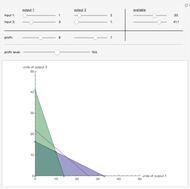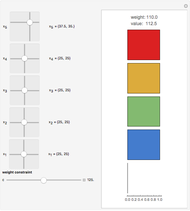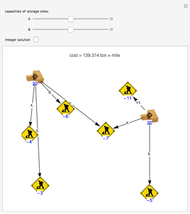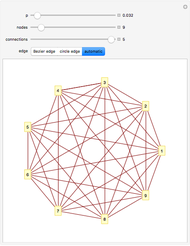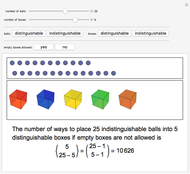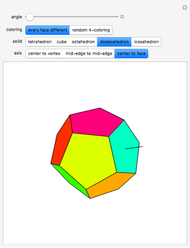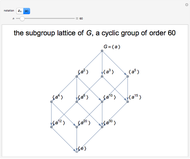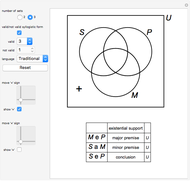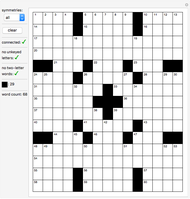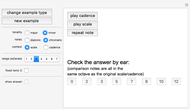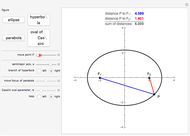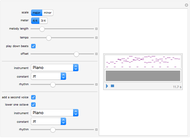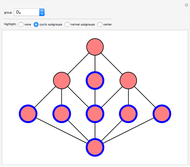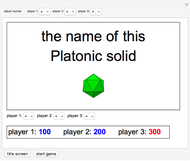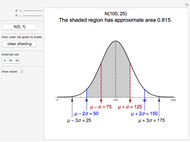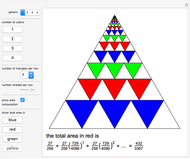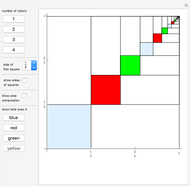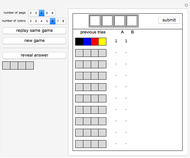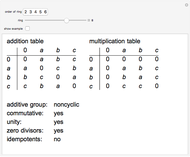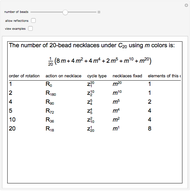Power in Weighted Voting Systems

Requires a Wolfram Notebook System
Interact on desktop, mobile and cloud with the free Wolfram Player or other Wolfram Language products.
A weighted voting system consists of a number of players, each with a certain number of votes, and a quota of votes needed to pass a measure. There are various methods of measuring the "power" that an individual in a weighted voting system has. This Demonstration lets you compare the proportion of votes a player has versus that player's power as measured by the Shapley–Shubik and Banzhaf power indices. The thumbnail shows the famous example [51: 50, 49, 1] of a system with three players having 50, 49, and 1 votes, respectively, and with the quota set at 51 votes. Note that the distribution of power of the voters is very different than the distribution of votes.
Contributed by: Marc Brodie (Wheeling Jesuit University) (March 2011)
Open content licensed under CC BY-NC-SA
Snapshots
Details
The Shapley–Shubik index of power of a player is the proportion of orderings of the players in which the given player is "pivotal". The pivotal player in a given ordering is the player whose vote(s), when added to the total of the votes of the previous players, result in enough votes to reach the quota and pass a measure.
The total Banzhaf power of a player is the number of winning coalitions (subsets of players with enough total votes to reach the quota and pass a measure) in which the given player is "critical". The Banzhaf index of power of a player is that player's total Banzhaf power divided by the sum of all players' total Banzhaf power. A critical player in a winning coalition is a player whose removal from the coalition would cause enough votes to be lost so that the remaining players do not have enough votes for the quota.
See A. D. Taylor, Mathematics and Politics—Strategy, Voting, Power and Proof, New York: Springer-Verlag, 1995.
The "show details" checkbox lets you see the orderings and pivotal players (in the case of Shapley–Shubik) and the winning coalitions and critical players (in the case of Banzhaf) for systems in which there are three or four players.
The quota cannot exceed the total number of votes nor can it be less than or equal to half the total number of votes.
Permanent Citation









